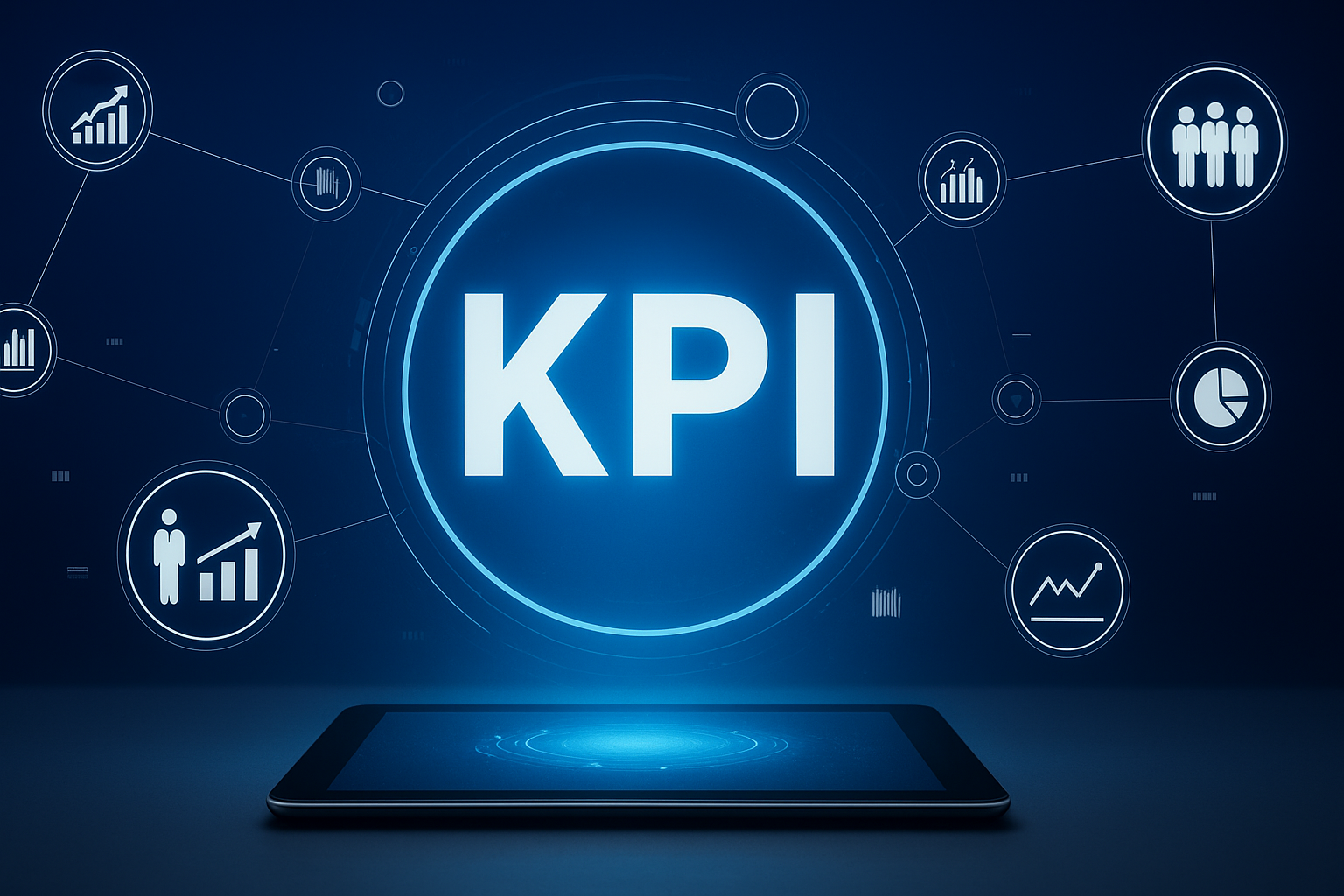
Key KPIs Every Facility Manager Should Track in 2025
As the role of the facility manager continues to evolve in 2025, success is increasingly driven by data. Facility professionals are now expected to do more than just keep buildings running—they must reduce costs, improve sustainability, enhance safety, and deliver measurable performance across multiple assets.
So how do you know if your facility is truly operating at peak efficiency?
The answer lies in Key Performance Indicators (KPIs)—the metrics that help you measure, analyze, and optimize every aspect of your operations. In this post, we break down the most important KPIs every facility manager in North America should be tracking in 2025 to stay compliant, competitive, and future-ready.
Why KPIs Matter in Facilities Management
Whether you're managing a single site or a national portfolio, KPIs give you the visibility and control needed to:
- Monitor maintenance performance
- Control operational costs
- Improve asset longevity
- Ensure compliance with safety and environmental regulations
- Make data-driven decisions
- Report to executives with clarity and confidence
Top KPIs Every Facility Manager Should Track in 2025
1. Work Order Completion Rate
Formula: (Completed Work Orders / Total Work Orders) × 100
Why it matters: This is a core indicator of team efficiency. A high completion rate shows your team is staying on top of scheduled and reactive maintenance. Low rates could indicate resource shortages, poor scheduling, or system inefficiencies.
2. Preventive vs. Reactive Maintenance Ratio
Formula: Preventive Maintenance Work Orders / Total Maintenance Work Orders
Why it matters: In 2025, the shift from reactive to preventive (or predictive) maintenance is essential. A higher ratio means fewer equipment failures, lower costs, and improved asset health.
Target benchmark: At least 60% of maintenance should be preventive.
3. Maintenance Cost per Square Foot
Formula: Total Maintenance Costs / Total Facility Square Footage
Why it matters: This KPI helps benchmark spending efficiency across multiple buildings. It's particularly useful for large portfolios, retail chains, schools, or healthcare facilities.
4. Average Work Order Response Time
Formula: Time Taken to Respond / Total Number of Work Orders
Why it matters: In critical environments (like hospitals, data centers, or manufacturing), slow response times can lead to serious downtime or safety hazards. Improving this KPI boosts customer satisfaction and operational resilience.
5. Asset Downtime
Formula: Total Downtime Hours / Number of Assets
Why it matters: Minimizing downtime is critical to avoid revenue loss and production delays. This KPI tracks the effectiveness of both your maintenance strategy and your asset reliability plan.
6. Energy Consumption per Square Foot
Formula: Total Energy Used / Square Footage
Why it matters: As sustainability and ESG reporting become priorities, tracking energy usage is essential. Reducing this KPI lowers utility bills and improves your facility’s environmental footprint.
7. Compliance and Safety Audit Scores
Why it matters: From OSHA in the U.S. to provincial regulations in Canada, facilities must remain compliant with safety, fire, and environmental standards. High audit scores reduce risk and improve employee well-being.
Use platforms like Onsite HQ to:
- Automate inspections
- Track corrective actions
- Stay audit-ready at all times
8. Tenant or Occupant Satisfaction Score
Why it matters: In commercial real estate, multi-family buildings, and even institutional settings, keeping occupants happy is a key performance goal. Regular surveys and feedback loops help improve services and reduce turnover.
How to Track KPIs Effectively
Use a Centralized Facilities Management Platform
Tools like Onsite HQ help facility teams:
- Digitize inspections and maintenance
- Track real-time performance data
- Generate actionable reports
- Set benchmarks across locations
Set SMART Goals
Every KPI should be Specific, Measurable, Achievable, Relevant, and Time-bound. Use benchmarks and historical data to set realistic targets.
Review KPIs Regularly
Monthly or quarterly reviews ensure you're staying on track—and allow you to adjust strategies quickly when needed.
Final Thoughts: Make 2025 the Year of Data-Driven Facility Management
Facility managers in North America face increasing pressure to do more with less—less budget, less time, and fewer skilled workers. But with the right KPIs and the right tools, you can transform operations from reactive to proactive, manual to digital, and disconnected to data-informed.
At Onsite HQ, we’re here to empower facility managers with smart, scalable, and easy-to-use solutions that turn complex operations into clear results.




